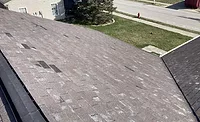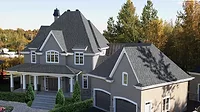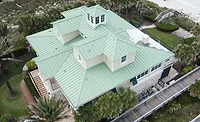New Trends in Roofing for 2023
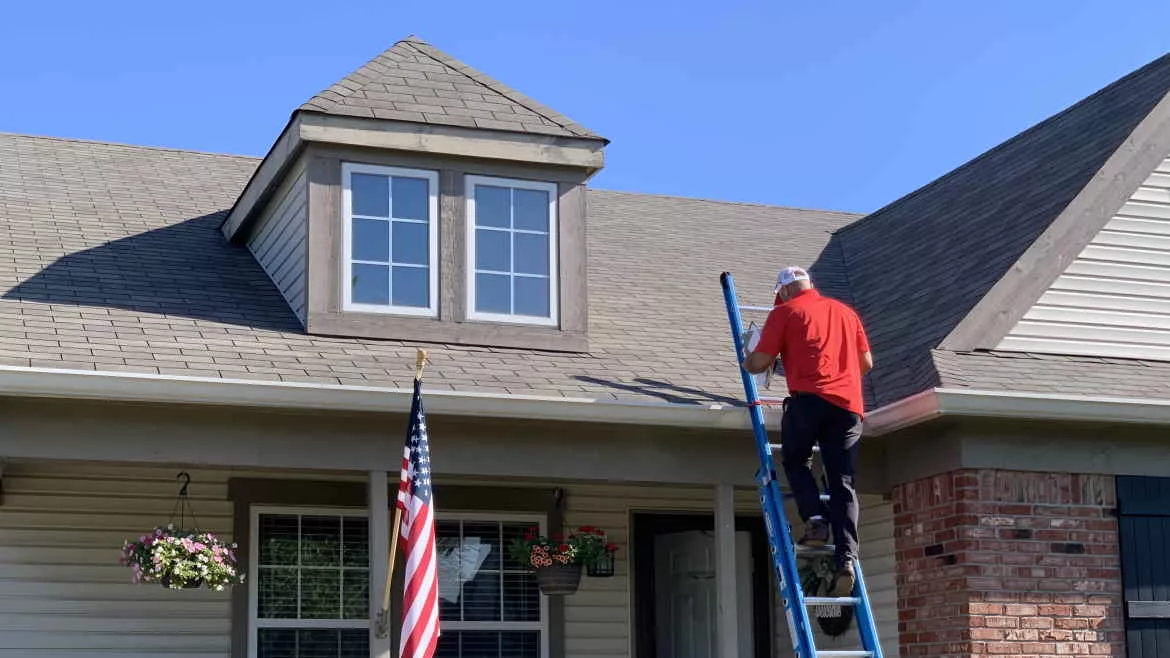
Photo: Bone Dry Roofing
As we start 2023, it’s crucial for our business to assess upcoming trends in the roofing industry by uncovering what our customers valued most last year, and predicting what will be most popular this year. We know these trends can be impacted by the continued rising cost of doing business – particularly in the construction industry – due to increased labor costs, and material shortages due to global supply chain issues.
Leaders in the roofing industry need to be prepared for these challenges and present solutions by: staying informed on what economic indicators to expect for the industry in 2023; understanding the most popular roof types and designs, and how they vary by region and weather pattern; and remaining cost effective while embracing new roofing product development.
Popular Roof Types and Colors
The latest trend in shingles that we’re noticing is impact-resistant shingles, mostly in areas that receive extreme weather like hail. They’re made with a special polymer that allows the hail to hit the shingles and not damage the fiberglass beneath it. We see customers becoming more incentivized to fix damage caused by hail with impact-resistant shingles rather than installing an entirely new roof.
The most in-demand colors for roofing are typically weathered wood, with a base of deep brown and accents of clay and lighter brown; and driftwood, which is a bit darker with cooler gray tones. Both are neutral and tend to match most home colors. However, more recently, the most popular colors for roofs are overwhelmingly gray and black shingles, as a white house with a black roof and trim is the new modern look. Darker shingle colors used to make a homeowner’s attic hotter, but with the latest updates to shingle materials and new insulation, this is no longer the case. Darker roofs are expected to remain popular in 2023.
Pricy Solutions
With shifting attitudes toward solar roofing, a trend to watch this year is whether a more cost-effective solar shingle will be developed. Companies are already producing shingles that look like a traditional roof but are made up entirely of solar panels. These options are costly, so the industry will be watching to see if new products are developed. Another new product trend is the metal shingle. This material is a stone-coated steel with the appearance of a shingle but is made of metal. If homeowners want the benefits of a metal roof but prefer the look of shingles, metal shingles can be the perfect option.
As with everything else, the price of construction materials continues to climb – as much as 20% from the previous year, according to an analysis from the Associated Builders and Contractors (ABC) last June. This could be because the raw materials used to create and receive our tools are becoming more costly. Seemingly small costs like shipping fees even play a role, as the price of shipping a container to the U.S. has increased tenfold. However, we do think the increases will start to slow down, pending any major weather-related events.
The roofing industry will also experience an aging workforce on the production labor side of the business and will have to create a plan on how to replace that side of the business. For example, roofing companies may hire roofing apprentices so the younger generation can learn from direct experience. We create these chances for growth through our in-house training program that allows new members of our team access to resources and in-person and online training courses from an experienced roofing team member.
.
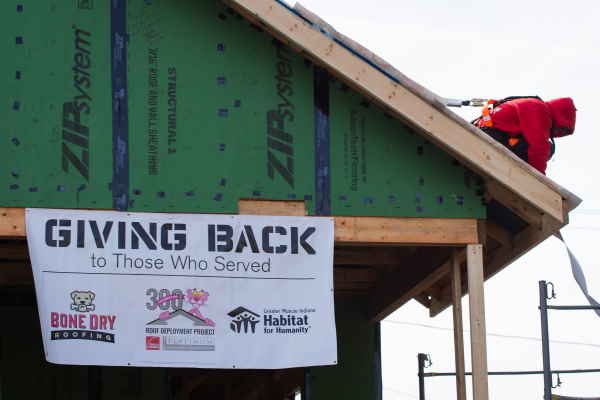
Solar Roofs on the Rise
Solar roofing is likely the fastest growing piece of the roofing industry, as homeowners are able to protect their wallets and environment by investing in an alternative form of energy. There has also been a demand for reroof jobs where solar panels are already installed, as there is significant skill involved in removing existing solar panels and reinstalling after putting on a new roof. Solar shingles, or solar roof tiles, are made of slim photovoltaic (PV) sheets that overlay or replace existing shingles on a roof. They absorb sunlight and convert it into electricity, allowing homeowners to potentially save between 40%-70% on electric bills depending on the number of tiles installed.
However, the efficiency of solar roofing does depend on where the home is located. For example, installing solar panels on a home or commercial building in Seattle, where there is typically less sunlight and more overcast skies, would not be as beneficial as installing solar on a home in the South or even in the Midwest where there is more sunshine in the forecast. Choosing to install a solar roof should also depend on the homeowner’s current living situation. For example, if there are only two people living in the home and they travel often, it may not be cost effective to install solar; however, if a large family lives in the house and they consume more energy, transitioning to a solar roof is a good option.
We predict the upward trend in installing solar will continue into 2023, as it is beneficial from a cost savings standpoint, is eco-friendly, and provides tax incentives. The federal residential solar energy tax credit can be claimed on federal income taxes for a percentage of the cost of a solar system, with solar systems installed from 2022-2032 eligible to receive a 30% tax credit. Solar also benefits the commercial roofing industry, as a large commercial roof with solar panels will help offset a business’ costs.
Metal Making Strides
Although metal roofs have been popular for a while, we especially noticed increased demand last year. Across our 14 markets, we used to receive around five to six calls total from homeowners interested in installing a metal roof. Now, we receive five to six calls a week per market with interest.
Metal roofs are most prevalent with customers who live in a rural area with higher winds or with those who live in an area with extreme temperatures or weather patterns. For example, we see many metal roofs installed in Colorado because of the insulation under the roof. Shingles aren’t designed to be waterproof, and metal roofs are more water resistant and better equipped to hold the added weight from snow. Metal roofs can come in an exposed fastener system, which is the more cost-effective option, or customers can choose a standing seam where all fasteners are hidden, which is what we typically see with home installation.
A new year brings new opportunities, and the roofing industry will experience many new opportunities as we enter 2023. Although some trends may stay the same, like the rise of solar and metal roofing, they will continue to develop and grow to better serve customers’ needs. Inflation and unpredictable weather patterns can always alter plans in this line of work, but it’s important that our industry continues to take a proactive approach in providing homeowners and business owners with peace of mind.
Looking for a reprint of this article?
From high-res PDFs to custom plaques, order your copy today!



